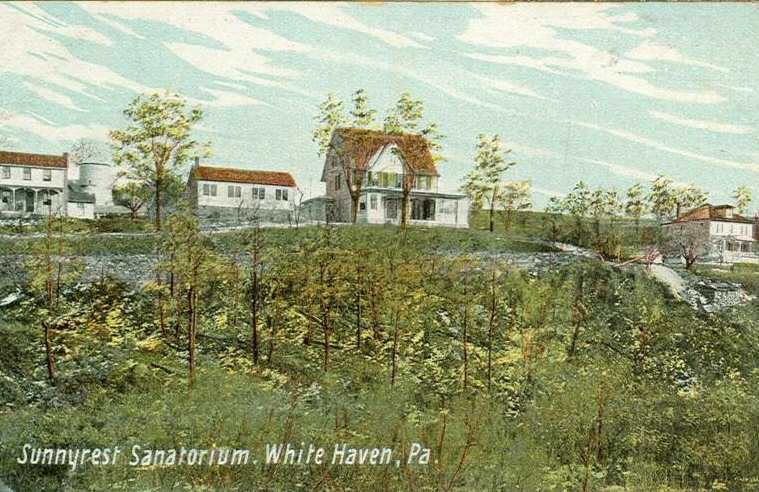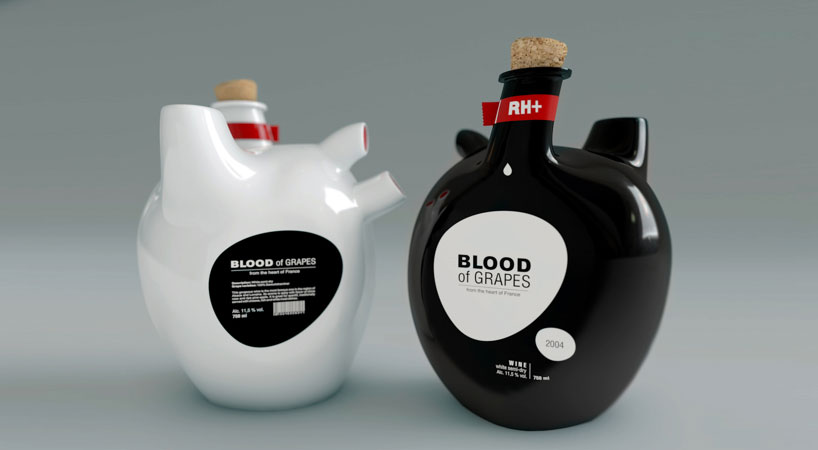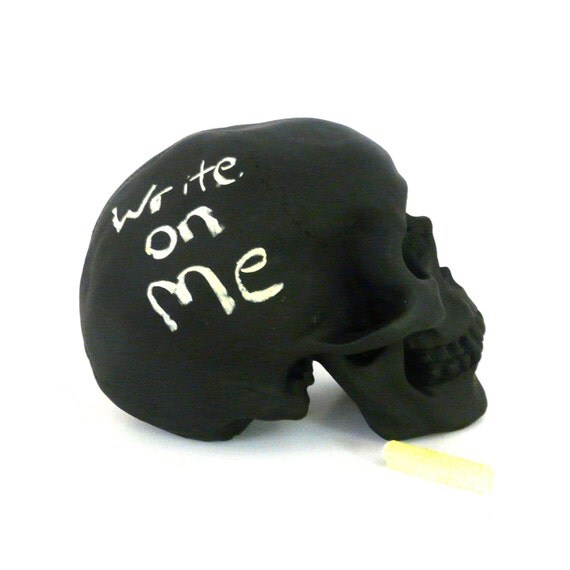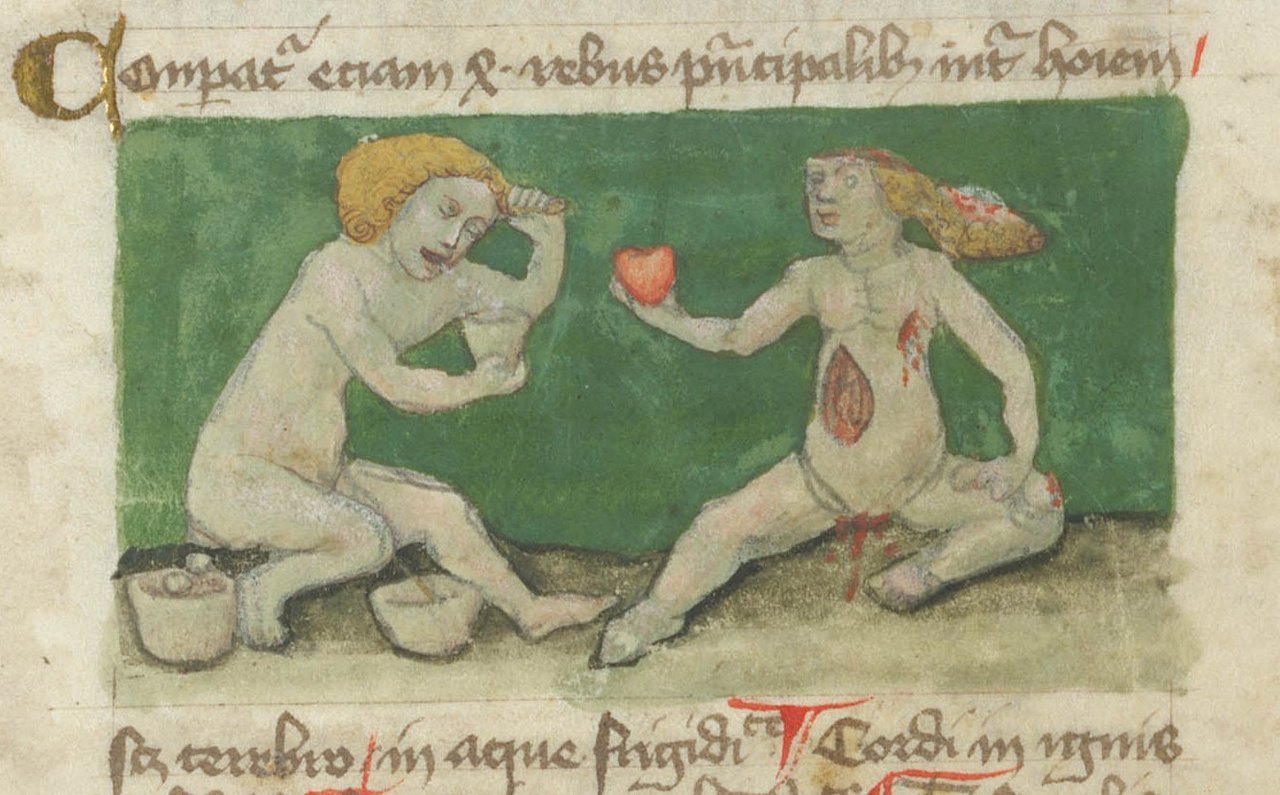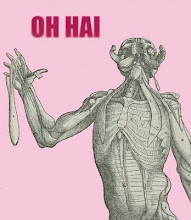Ossuaries, charnel houses, catacombs--whatever they are called, they are part of a major phenomenon whereby bones were used to create and decorate spaces. They were memorials, spiritual spaces, and warnings wrapped into one. A great article in
VICE discusses the specific site of Kutná Hora. A few quotes:
"The hundreds of thousands of human bones have been arranged in all kinds of creative ways, from bone chalices and chandeliers to strings of skulls and bones hung across the ceiling like history’s most depressing party bunting. It’s the Ted Bundy approach to interior design: the entrance to Disneyland’s Nightmare Before Christmas ride if they’d sourced their raw materials from a morgue rather than a Hollywood prop department."
"the aristocratic Schwarzenberg family, who owned the church at the time, asked a woodcarver to do something with the forgotten bones, and what you see today is what he came up with. František Rint worked for decades to organize and style the remains into decorations, recruiting his wife and kids to help him in perhaps the least family-friendly family business I’ve ever come across."
For a much broader scope, there is Paul Koudounaris's
The Empire of Death: A Cultural History of
Ossuaries and Charnel Houses (London: Thames and Hudson, 2011). Koudounaris is perhaps best known for his appearance on the Discovery Channel’s
Oddities television series as a
quirky gothic collector, but his true work is laid out in
The Empire of Death. It is never an easy task for a scholar—the
author is an art history Ph.D.—to transform rigorous research into a readable
monograph, but here the objects are just curious enough, and the stories behind
them written specifically to lead the reader through the adventures of a
scholar into the deep, dark works of charnel houses without devolving into
lecturedom.

Before
diving into the book’s content, I should add that the quality of its design
does nothing but add interest to the volume by imbuing the stamped black cover
with dramatic imagery, a gothic fashion sense, and details such as burgundy
binding cloth and book marker. The endsheets feature what seem to be maps
redesigned to emphasize other design elements within and without and also show
the far-flung reaches where these houses of bones lie. Freckled with sepia
figures and nostalgically-tinged typography interrupted only by giant
beautifully photographed plates, this book was made to be fetishized, much like
the bones are treated in the text. Nonetheless, Koudounaris also has a website for all of his photographs as well.
Koudounaris
begins with a simple anecdote, but reading like a novel, “An American woman, a
tourist, had descended into the crypt underneath the Capuchin monastery of
Santa Maria della Concezione in Rome.” By the end of the next page he has
already cited two theorists, but in such a way as to just break the tip of how
the reader’s understanding of death and its treatment must be expanded to read
further. Through two hundred, albeit highly illustrated and wide-margined,
pages of text, the author holds our hands and leads us from one location to
another, never dwelling in one place too long, but using the individual spaces
to speak visually and through his intellectual interpretation and the stories
he has gathered. He also makes it very clear that death has not always forced
sadness and fear, also hope, piousness, and respect for the ancestral past on
people throughout history. The stories are both enlightening and entertaining,
but the catalogue of sites, maps, and informative captions relevant to either
research or far flung travels for the curious and macabre.

